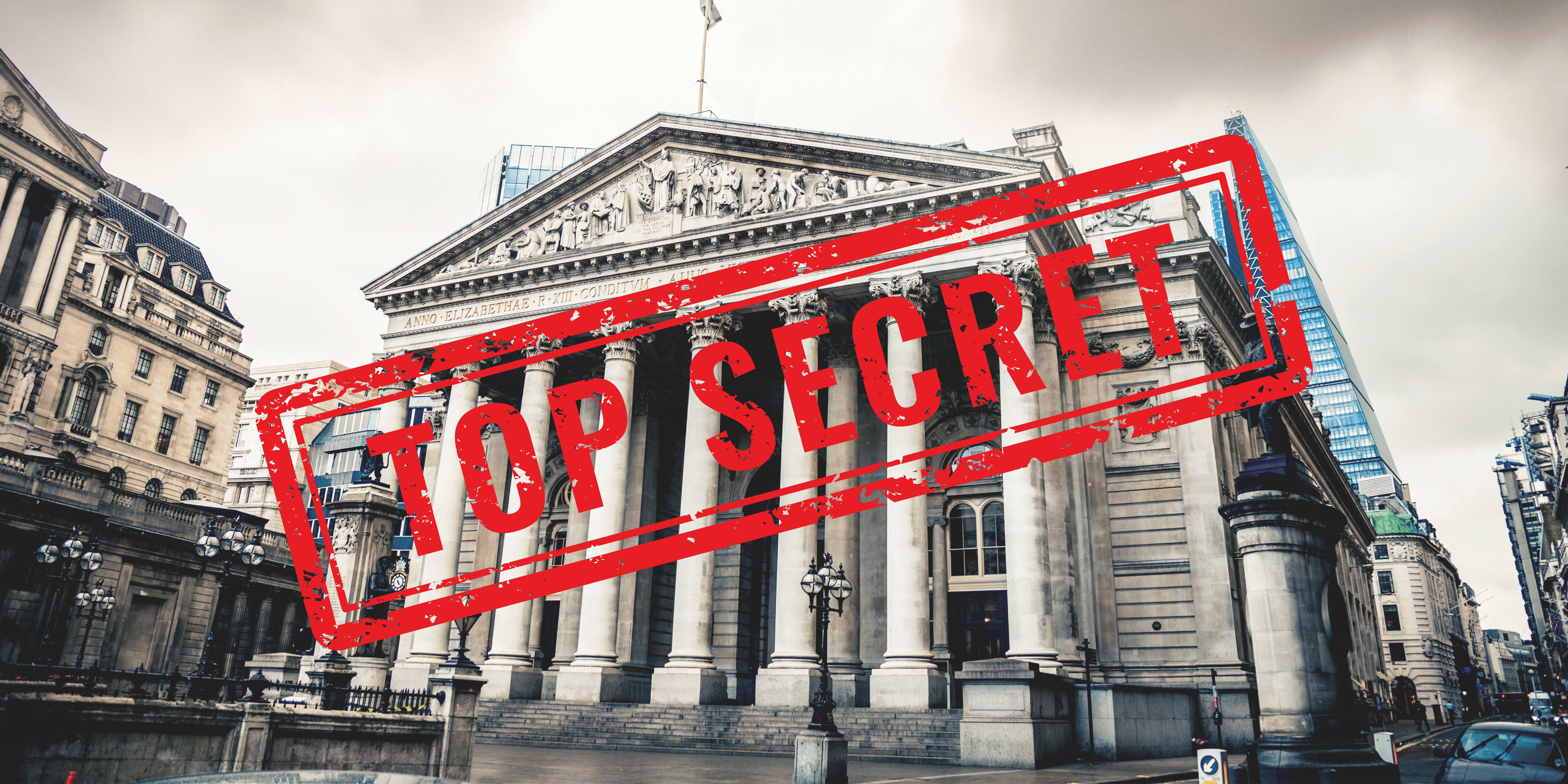The Great Cover-Up? Why the FDIC’s Silence on Troubled Banks Is a Wake-Up Call to Protect Your Wealth
April 9, 2025

What You Don’t Know Can Hurt You—Especially When It Comes to Your Money
In a quiet but critical shift, the FDIC recently announced it will no longer disclose the total assets of banks on its “Problem Bank List.” For the first time since 1990, the public is being kept in the dark about how big the problems really are. While we still know how many banks are on the list—66 in Q4 2024—we now have no clue whether those institutions are small community banks or massive financial giants that could shake the system if they fail.
This move comes under the pretense of preventing “disorderly runs”—the idea being that if the public suspects a large bank is in trouble, it could cause a wave of panic withdrawals. But here’s the uncomfortable truth: transparency is disappearing at the very moment we need it most.
From SVB to Silence: A Pattern of Concealment
We’ve seen this play out before. The run on Silicon Valley Bank (SVB) wasn’t sparked by rumors—it was triggered by publicly disclosed financial statements showing massive unrealized losses on Treasury holdings and an overreliance on large, uninsured deposits.
Now, with the FDIC choosing to hide total asset data, many are asking: What will they hide next? Are unrealized losses on bank balance sheets also going to vanish from view?
When regulators start shielding the public from financial realities, it’s usually not because everything is fine. It’s because they’re afraid of what would happen if we knew the truth.
When Trust Wavers, Tangible Assets Shine
In this kind of environment—where banks can be in trouble and you won’t know it until it’s too late—the case for owning physical assets like gold becomes crystal clear.
Gold doesn’t rely on balance sheet disclosures.
Gold doesn’t get downgraded or quietly added to a “problem list.”
Gold doesn’t vanish because of accounting tricks.
It’s a time-tested, inflation-resistant asset that sits outside the traditional financial system—and when faith in that system starts to erode, gold tends to thrive.
A Crisis of Confidence Is Still a Crisis
Whether or not a “disorderly run” happens tomorrow, we’re already seeing the early signs of a deeper problem: a crisis of confidence. When regulators start hiding risk instead of exposing it, savvy investors know it’s time to act—not react.
If the FDIC is preparing for a storm, shouldn’t you be doing the same?
Secure What You’ve Worked For
Now is the time to rethink your diversification strategy. If your entire nest egg is tied up in traditional banking and markets that depend on stability and transparency, you may be more exposed than you think.
Gold and other precious metals offer a secure, proven hedge against exactly this kind of systemic uncertainty.
Because when the lights start going out… you’ll be glad you have something real to hold onto.












